Rising Property Values
The Home Insurance Market is experiencing a notable increase in property values, which directly influences the demand for home insurance. As real estate prices rise, homeowners are more inclined to secure comprehensive insurance coverage to protect their investments. According to recent data, the average home value has increased by approximately 10% over the past year in various regions. This trend suggests that homeowners are recognizing the importance of safeguarding their assets against potential risks. Consequently, insurers are adapting their offerings to meet the evolving needs of consumers, leading to a more competitive landscape within the Home Insurance Market. Insurers are likely to introduce innovative products that cater to the higher value of properties, thereby enhancing customer satisfaction and retention.
Regulatory Changes and Compliance
The Home Insurance Market is influenced by ongoing regulatory changes that impact how insurers operate and the types of coverage they offer. Governments are increasingly implementing regulations aimed at protecting consumers and ensuring fair practices within the insurance sector. For example, new guidelines may require insurers to provide clearer information about policy terms and conditions, thereby enhancing transparency. Additionally, compliance with these regulations can lead to increased operational costs for insurers, which may be passed on to consumers in the form of higher premiums. However, these changes also present opportunities for insurers to differentiate themselves by demonstrating their commitment to ethical practices and customer service. As the regulatory landscape evolves, the Home Insurance Market must adapt to maintain compliance while continuing to meet the needs of policyholders.
Technological Advancements in Insurance
The Home Insurance Market is being transformed by technological advancements that streamline the insurance process and enhance customer experience. Innovations such as artificial intelligence, machine learning, and big data analytics are enabling insurers to assess risks more accurately and tailor policies to individual needs. For instance, the use of smart home technology allows insurers to offer discounts for homes equipped with security systems and other safety features. This trend is likely to attract tech-savvy consumers who value convenience and personalized service. Furthermore, the integration of digital platforms for policy management and claims processing is improving efficiency within the Home Insurance Market. As technology continues to evolve, it is expected that insurers will further leverage these tools to enhance their offerings and maintain a competitive edge.
Increased Awareness of Natural Disasters
The Home Insurance Market is witnessing a surge in awareness regarding natural disasters, which has prompted homeowners to seek adequate insurance coverage. With the frequency of extreme weather events on the rise, such as hurricanes, floods, and wildfires, consumers are becoming increasingly concerned about the potential risks to their properties. Data indicates that claims related to natural disasters have risen significantly, leading to a heightened demand for comprehensive home insurance policies. Insurers are responding by offering specialized coverage options that address these emerging risks, thereby enhancing the overall resilience of the Home Insurance Market. This trend not only reflects a shift in consumer behavior but also indicates a growing recognition of the need for proactive risk management in the face of climate change.
Growing Demand for Customized Insurance Solutions
The Home Insurance Market is experiencing a growing demand for customized insurance solutions that cater to the unique needs of homeowners. As consumers become more discerning, they seek policies that reflect their individual circumstances, such as specific coverage for valuable items or unique property features. This trend is prompting insurers to develop more flexible and personalized offerings, which can enhance customer satisfaction and loyalty. Data suggests that nearly 60% of homeowners are interested in tailored insurance products that address their specific risks. Insurers that successfully adapt to this demand are likely to gain a competitive advantage in the Home Insurance Market. By leveraging customer insights and data analytics, insurers can create innovative solutions that resonate with consumers, ultimately driving growth in this sector.
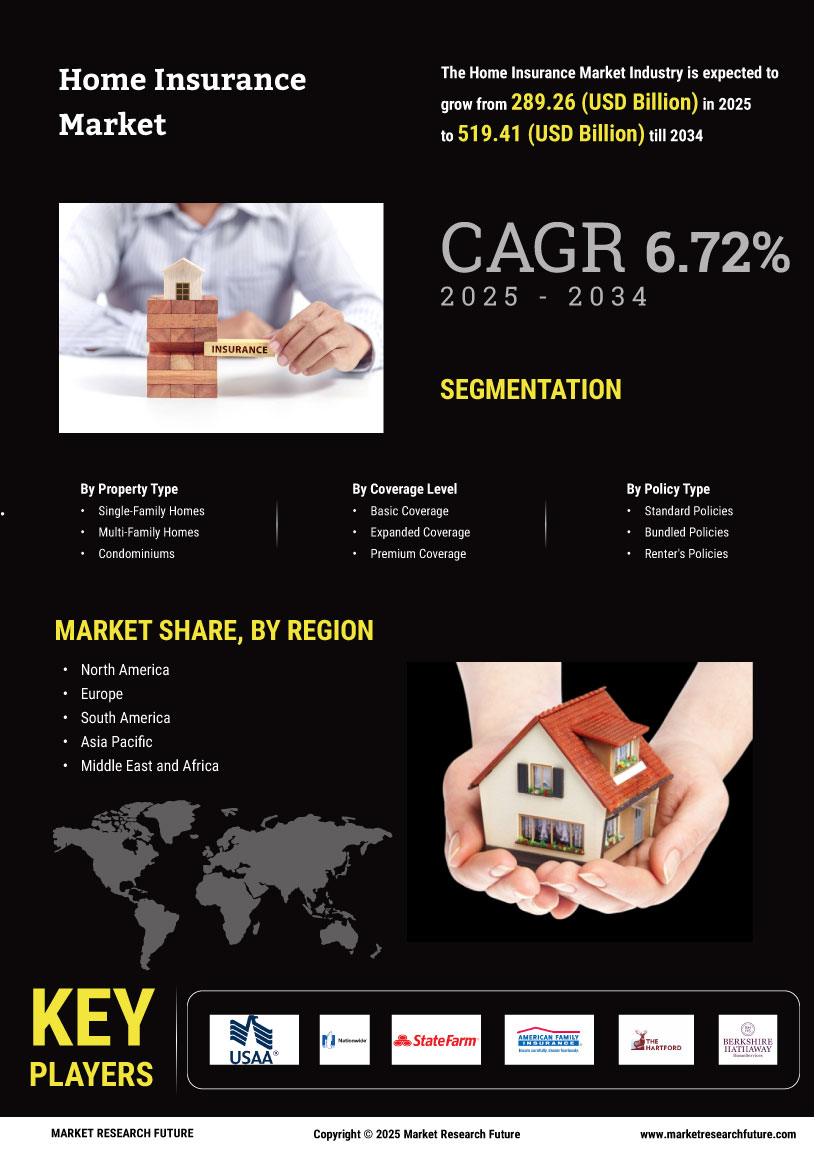

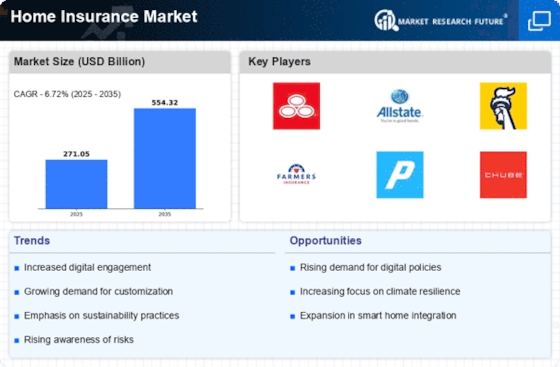
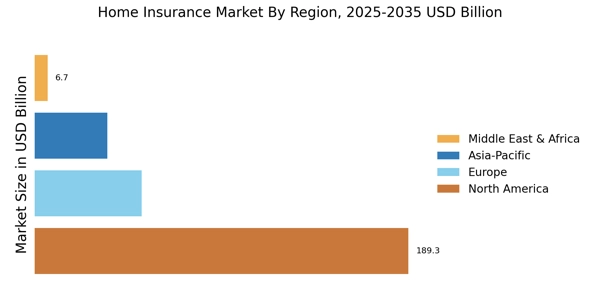
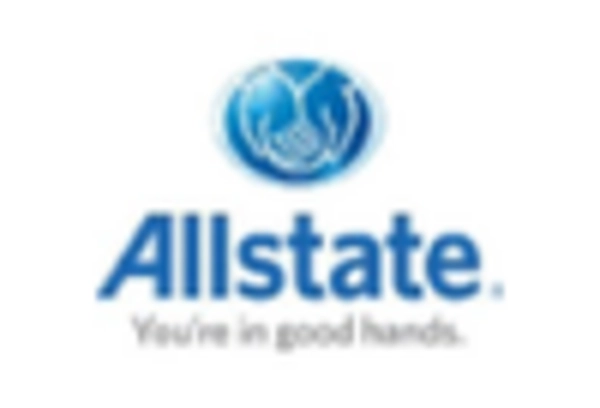
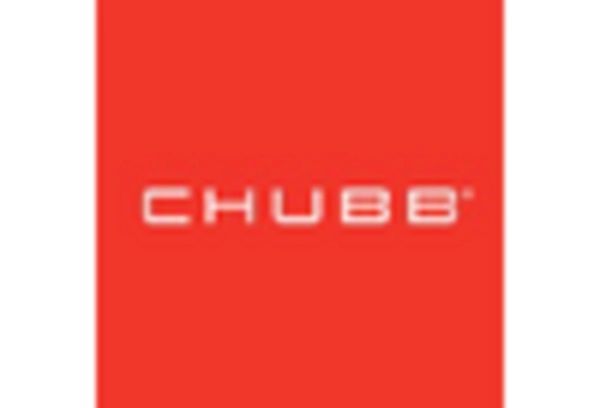
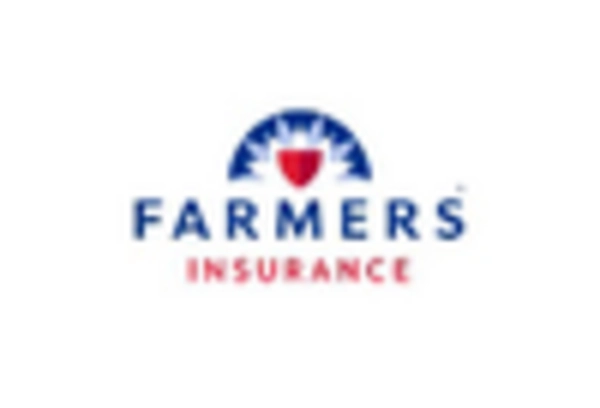

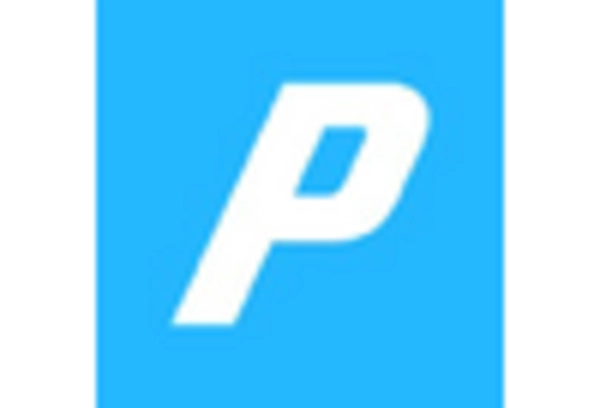
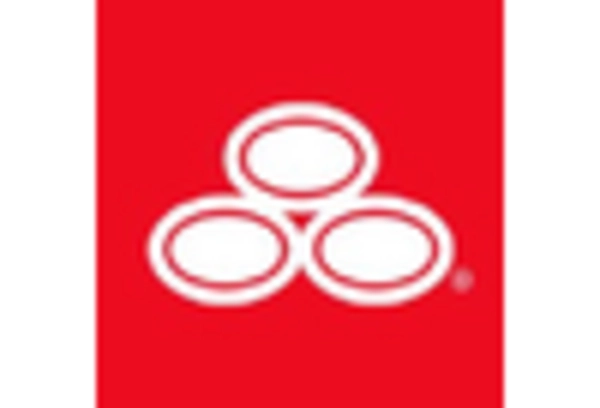








Leave a Comment